Chlorination roasting (1)
Chlorination roasting is a roasting process in which a target component in a mineral raw material is converted into a gas phase or a condensed phase chloride by a chlorinating agent under a certain temperature and atmosphere to separate and enrich the target component. According to the form of the calcined product, it can be divided into three types: medium temperature chlorination roasting, high temperature chlorination roasting and chlorination-separation. Temperature chlorination roasting the resulting metal chloride remaining in the calcine, then allowed into solution by leaching, it is often referred to as a chlorination roasting leaching. The metal chloride formed by high-temperature chlorination roasting is gaseous volatilization, so it is called chlorination volatilization method. Chlorination is carried out by volatilization of chlorination while the metal chloride is reduced to precipitate in a metallic state, and then separated from other components by physical beneficiation .
According to the oxygen content in the gas phase, it can be classified into oxidative chlorination calcination (direct chlorination roasting) and reduction chlorination roasting (reduction chlorination). Materials (such as pyrite cinder, etc.) is mainly used for the former is easy to chlorination, which is difficult to be mainly used for chlorinated materials (such as rutile, titanium slag higher, magnesite, etc.).
Early in the 18th century by direct chlorination process gold and silver ores, then gradually heavy non-ferrous material for processing, has been successfully used to treat pyrite cinder to extract the iron, copper, lead, zinc, cobalt , nickel , gold, silver, etc. Volatile chlorinated chlorinated difficult to be a high slag, ilmenite, magnesite ore, tin and lean ore of tantalum, niobium, beryllium, oxides and the like have also been berkelium large-scale industrialization. Chlorination segregation of refractory copper oxide ore has been extensively industrialized in the 1970s. It is reported that many can form volatile chlorides or oxychlorides of metals such as tin, bismuth, cobalt, copper, lead, zinc, nickel, antimony, iron, gold, silver, platinum and other mineral raw materials can be isolated using processing method.
Chlorination roasting may be carried out using chlorine, hydrogen chloride, ammonium tetrachloride, ammonium chloride, sodium chloride, calcium chloride or the like as a chlorinating agent, but chlorine, hydrogen chloride, calcium chloride and sodium chloride are most commonly used. The chlorination of the gas chlorinating agent is:

ΔG°5=ΔG°MCl2+ΔG°H2S-ΔG°MS-2ΔG°HCl
 [next]
[next]

The ΔG°-T diagrams for certain metal oxides, chlorides, and sulfides are shown in Figure 1, Figure 2, and Figure 3. The ΔG°-T diagrams of the MO-Cl 2 system and the MS-Cl 2 system of some metals are shown in Figs. 4 and 5, respectively. As can be seen from the graph, the oxides of common metals such as silver, mercury , cadmium , lead, zinc, copper, etc. are more easily chlorinated by chlorine, while the chlorination of tin, nickel and cobalt oxides is more difficult. Ferrous oxide can be chlorinated by chlorine gas, but it is more difficult to chlorinate than the above metal oxide. Common gangues (such as Fe 2 O 3 , Al 2 O 3 , SiO 2 , MgO, etc.) are extremely difficult to be chlorinated, but calcium oxide is easily chlorinated. When hydrogen chloride is used as the chlorinating agent, its chlorination ability decreases with the increase of temperature. The common metal oxides which are easily chlorinated by chlorine gas are easily chlorinated by hydrogen chloride. The gangue which is difficult to be chlorinated by chlorine gas is also difficult to be chlorinated by hydrogen chloride. NiO, CoO, FeO, etc. can be chlorinated by gaseous hydrogen chloride at low temperatures, which is extremely difficult at high temperatures.
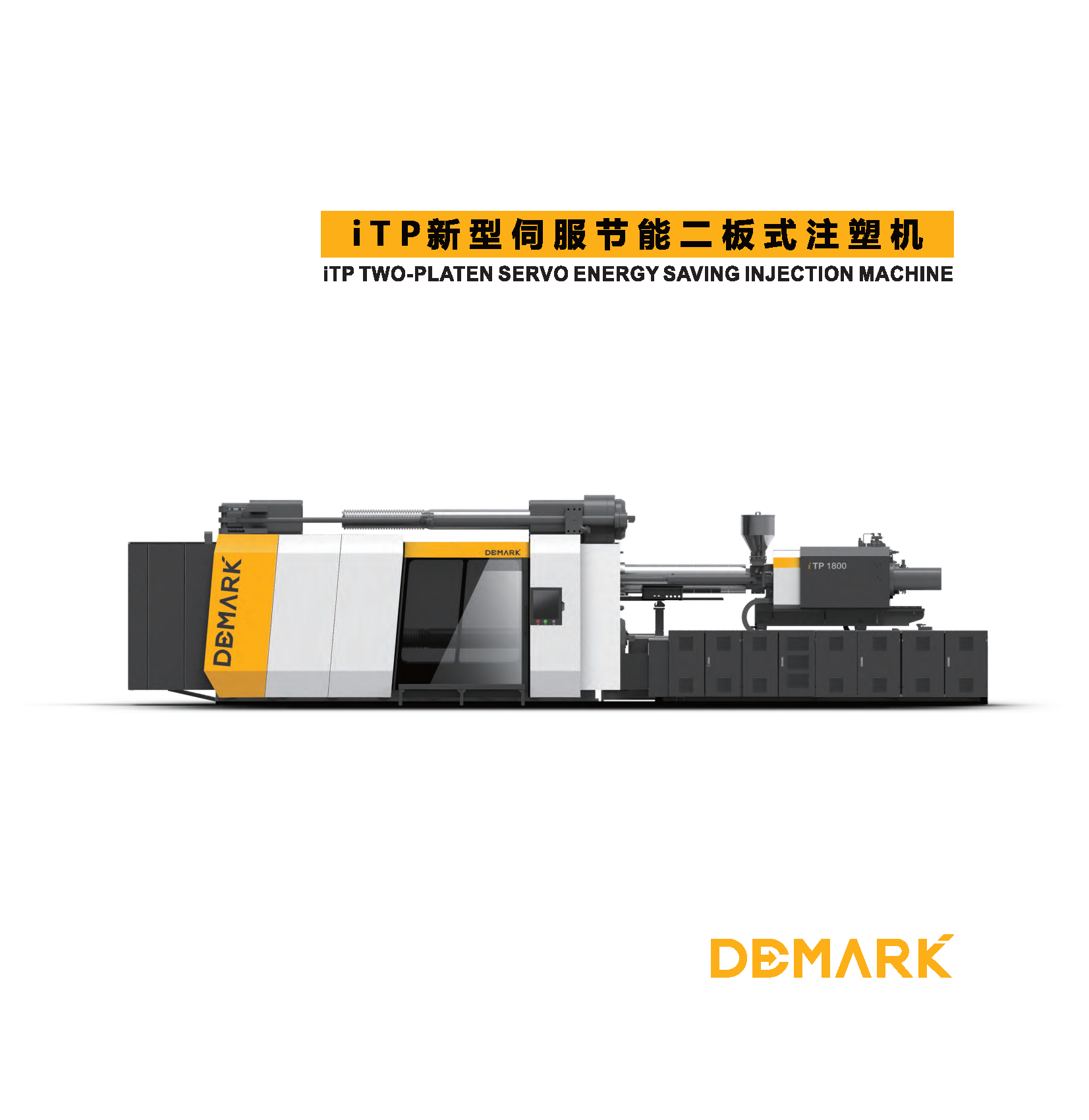
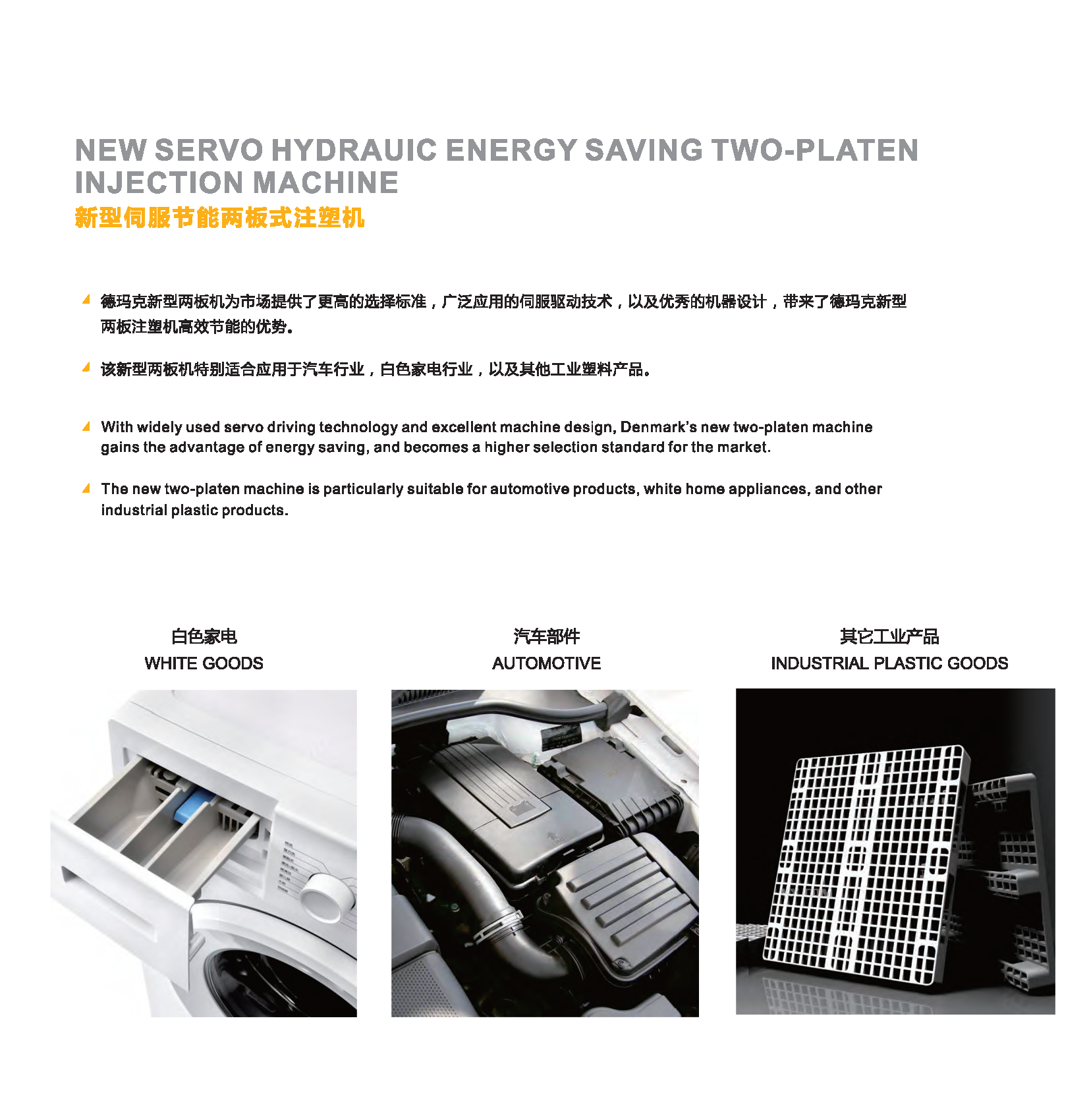

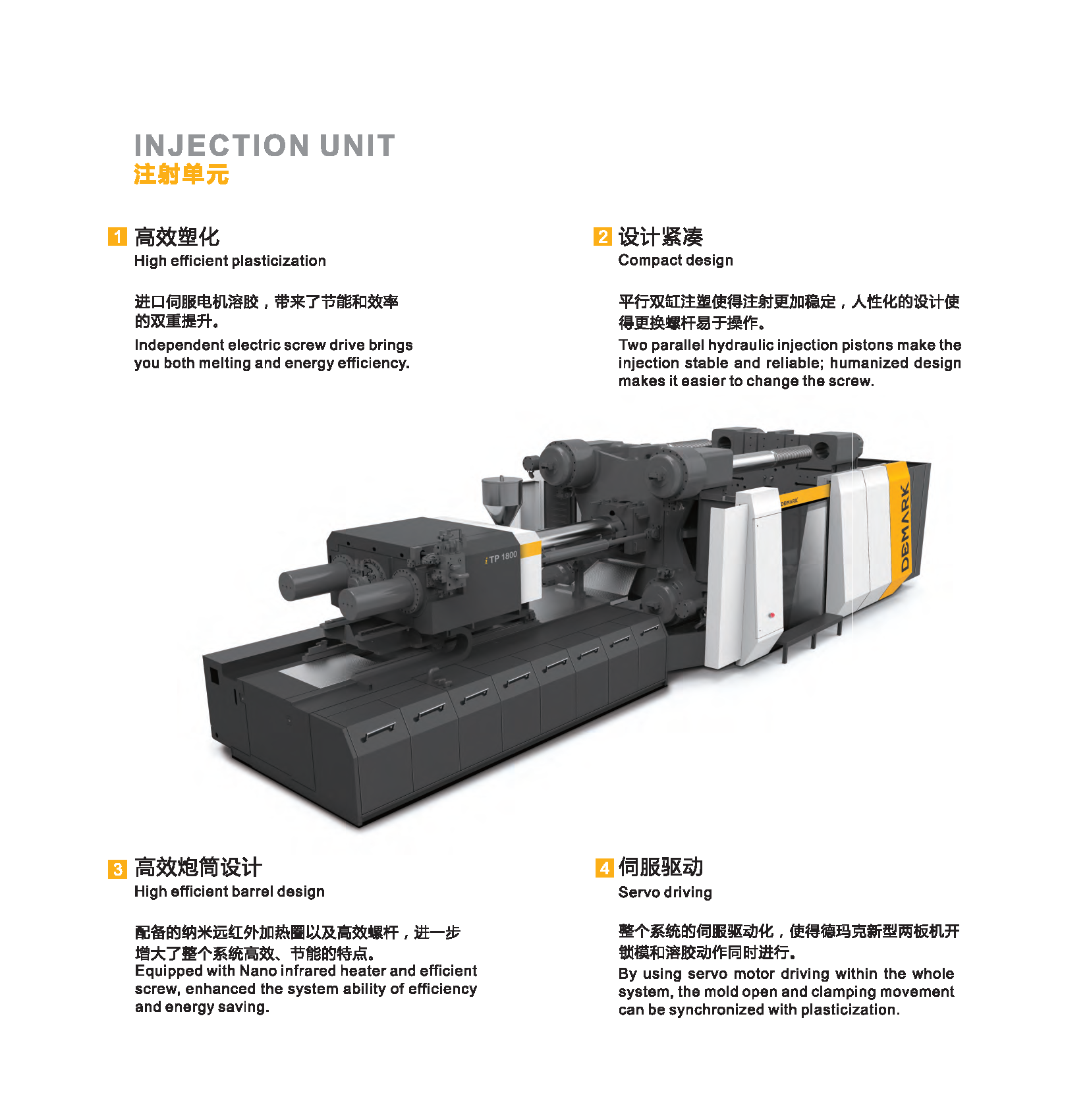
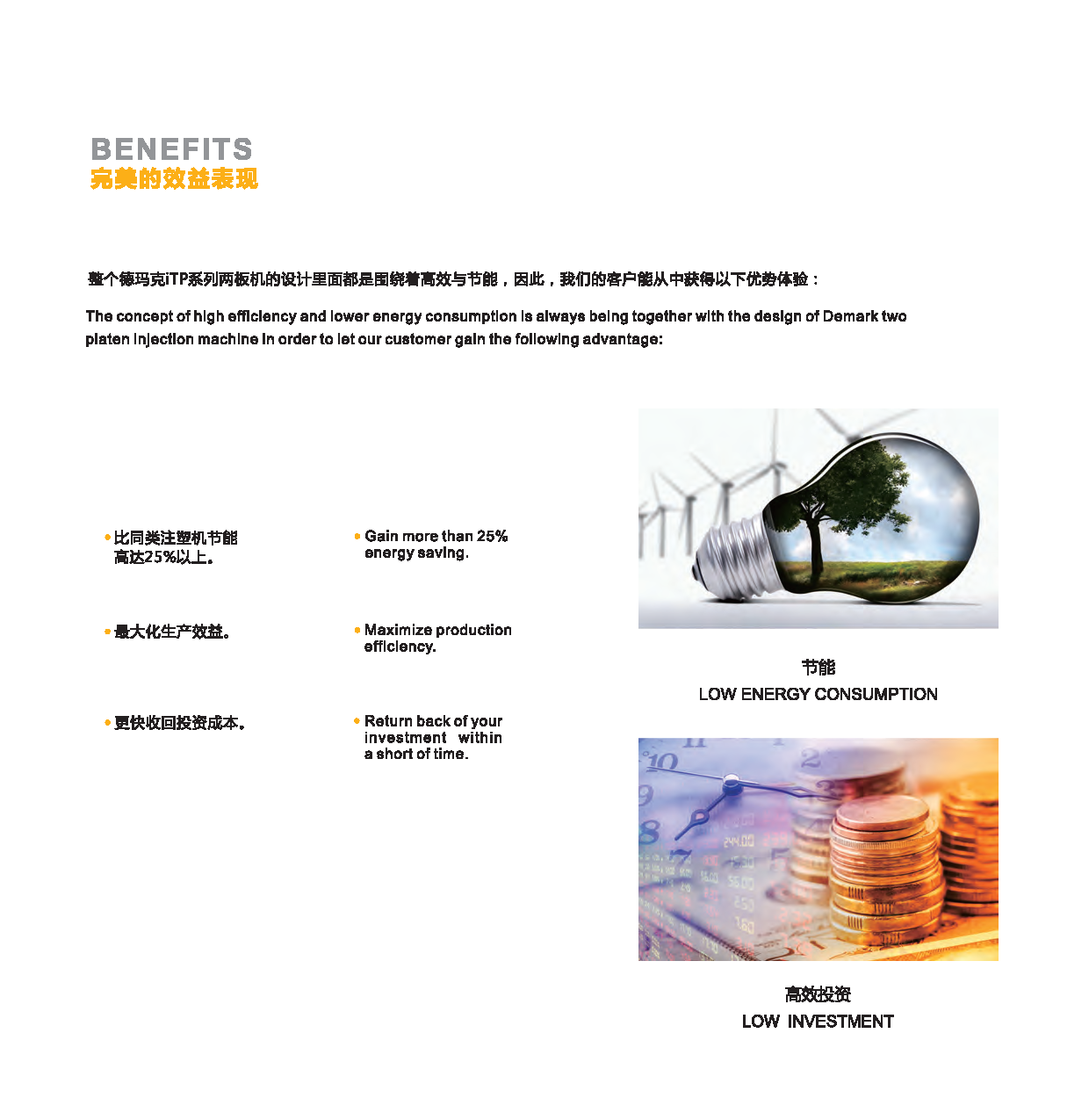
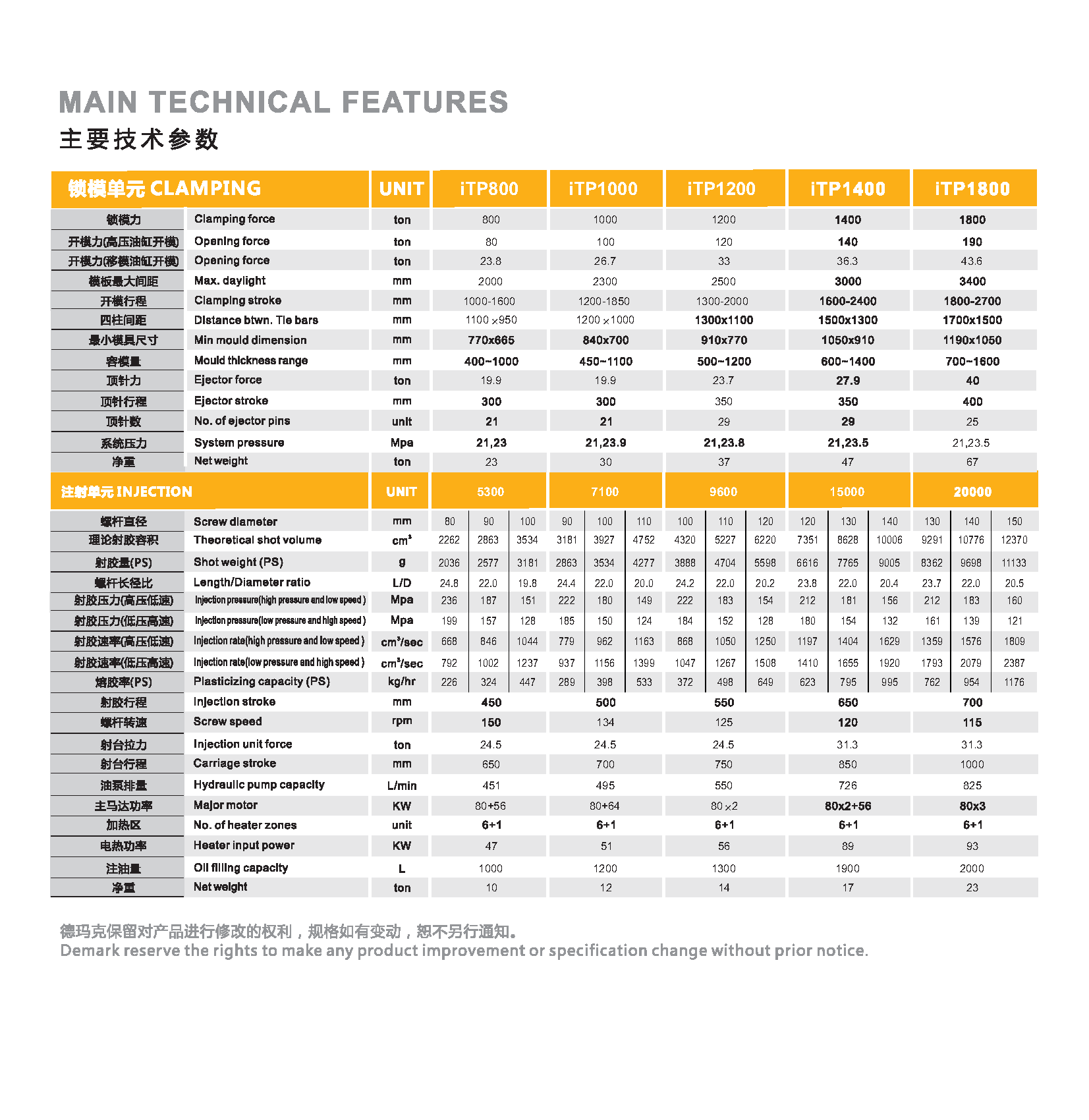
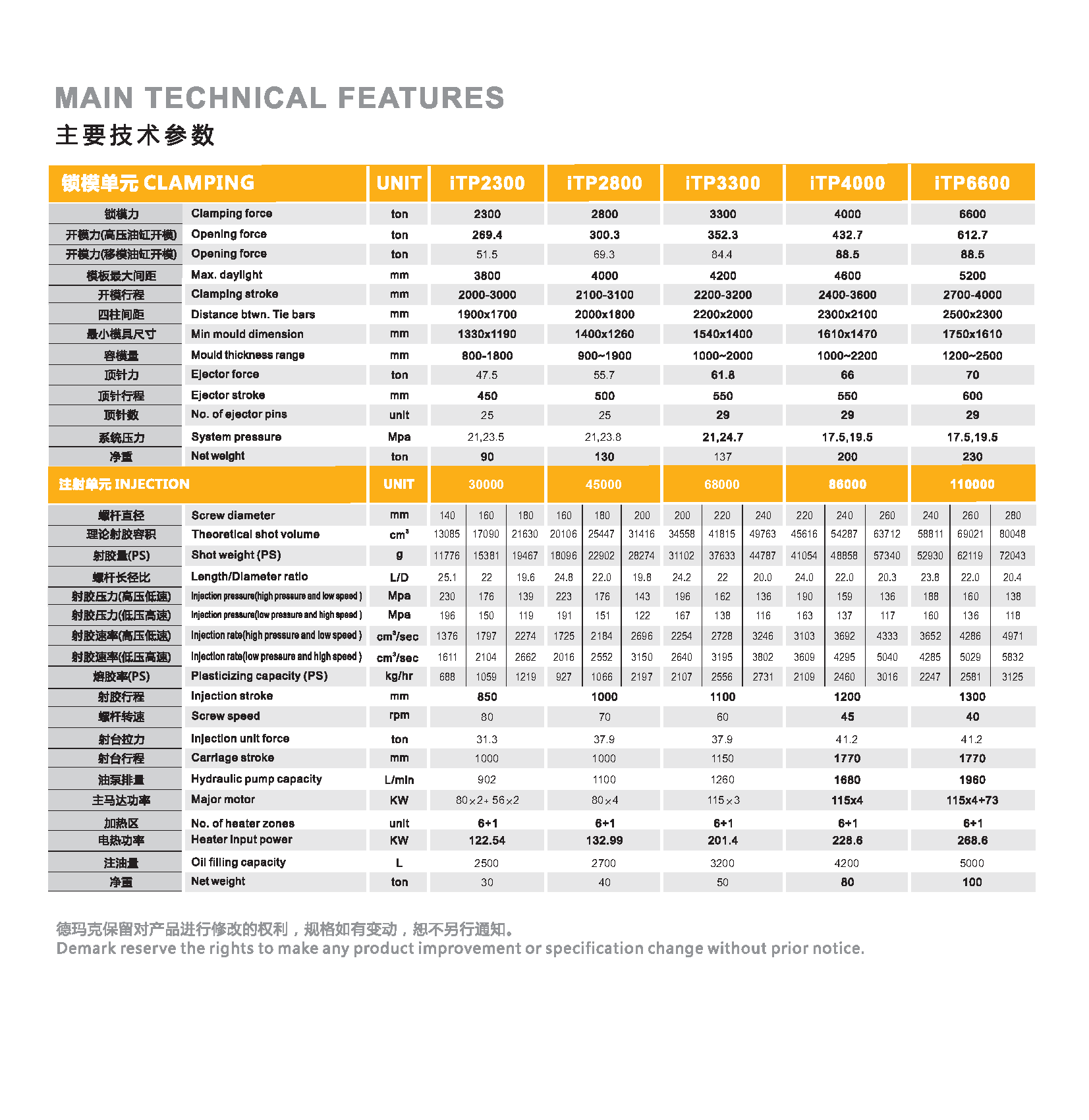
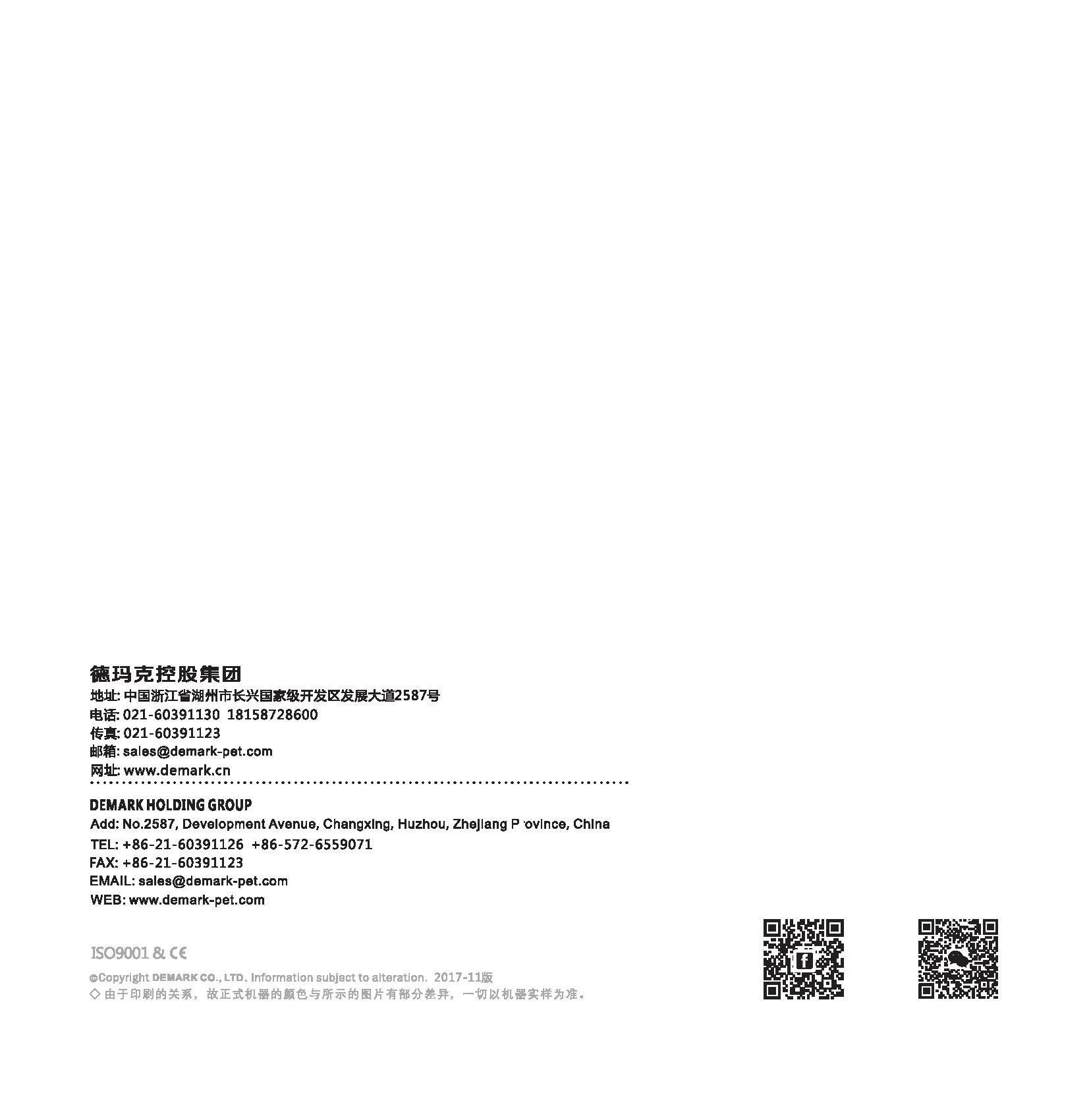
Servo Injection Moulding Machine,Hight Speed Injection Machine,Servo Energy Saving Injection Machine,Two Plate Machine
Demark(changxing)injection system CO. LTD , https://www.petplas.com